South west France and north-east Spain is the Basque Country where they speak an ancient and incomprehensible language, eat different food and have a different attitude to life.

The Basque culture runs right up to Biarritz and Bayonne in France. We had never visited this region so decided to have a look and drove down from Bordeaux.
The Basque Country itself is usually recognised as being an autonomous community in northern Spain. They have a distinct and celebrated cuisine, strong cultural traditions and a different language – Euskara – that pre-dates the Romance languages. For many years there was a strong movement for independence from Spain but since 2008 they have had their own government and a high degree of autonomy from Spain.

There is no border as such between France and Spain and as you drive through the only thing you notice is that the road signs change language, looking for signs to San Sebastian all you see are signs to Donostia, which is the Basque name for San Sebastian, we weren’t aware of that fact for some time!
It’s a great place to visit, and of course they speak French and Spanish as well as their own language but their whole approach to life is very relaxed and definitely not particularly Spanish. The small towns along the coast have a unique feel and the main centres, San Sebastian and Bilbao are very attractive.

The weather is good, the beaches fantastic and the sea warm despite it being the Atlantic. We stayed at the Mercure Monte Igueldo in San Sebastian. This hotel is stunning, more like a Spanish Parador than a French Mercure. Situated on a hill overlooking the fabulous bay of La Concha, the views are breathtaking; the rooms are great, the service and food are hard to beat. Plus with the fabulous roof top swimming pool we felt very happy. At €120 per room this hotel is a bargain.
San Sebastian is a city of 183,000 inhabitants and gets over 450,000 visitors every year. We went in June and it wasn’t at all overcrowded, with temperatures around 30 degrees the enormous golden sandy beach was busy but it’s so big there was loads of room for everyone.

Apart from its wonderful location, scenery and beaches they also have many festivals, from jazz to film, to dance and theatre, there always seems to be festival happening. Not surprisingly it’s going to be the European Capital of Culture 2016.
But it was its reputation for food that drew us here, of course with a total of 16 Michelin starred restaurants it’s very easy to eat extremely well, at a price!

The main attraction is, however, the enormous range of pintxos or tapas bars in the old town. Here you can wander from bar to bar and for a few euro eat some of the most ingenious and amazing little plates of delicious food. The range on some of the bar counters must run into 50 or more. They are very proud of this traditional form of dining which has now become highly sophisticated haute cuisine in miniature. Naturally every little pintxo come with a zurito, a small glass of beer or wine. Txakoli, is the local young white wine, it is served extremely cold and poured from a height to force fizz into the liquid. It’s deliciously acidic. A glass will set you back €1.50. We ate very well, almost too well, for around €25 each including the local wine.
With pintxos, the idea is to eat one or two of what each bar does best. A favourite was La Cuchara de San Telmo in a side street running off Calle 31 de Agosto– it is said that they produce the most delicious pintxos in town, such as foie gras with apple compote for €3, or cheese-laced risotto cremoso for €2.90.

There are plenty of museums and art galleries, as you would expect, plus some beautiful 16th century architecture in the old town. There are all the major shops and lots of boutiques selling some beautiful and expensive things, none of which you need but very tempting, leave your credit card at the hotel.
The main airport for the region is Bilbao, BA fly from Heathrow and easyJet from Stansted, or easyJet from Gatwick to Biarritz, which is just over the French border. There is a very good train and bus service to San Sebastian.
San Sebastian came as a huge surprise; we had been told that we just had to go but it wasn’t until we got there did we realise quite why.
For more information about San Sebastian, click here:
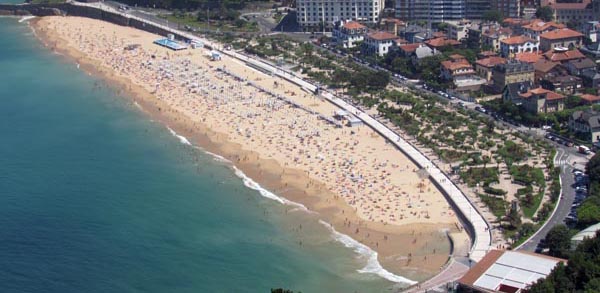
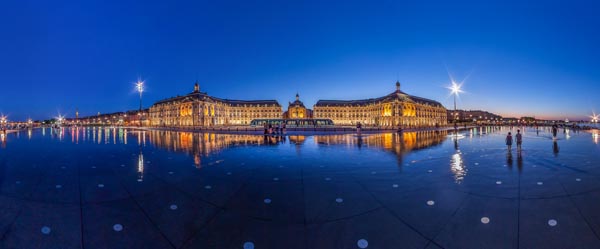






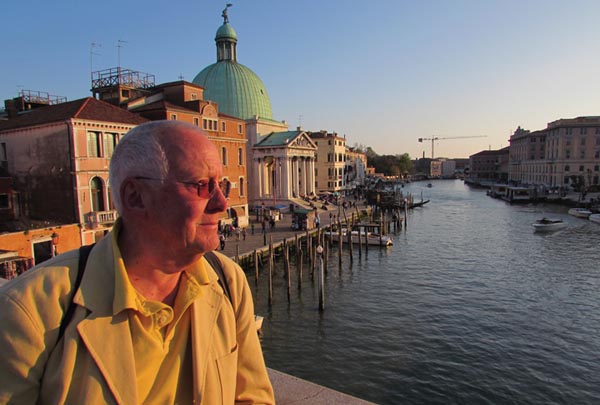









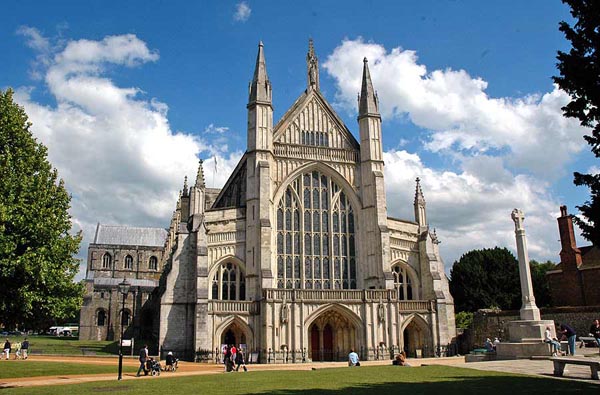






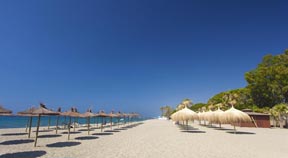







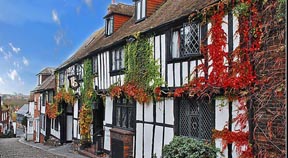




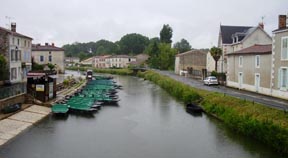







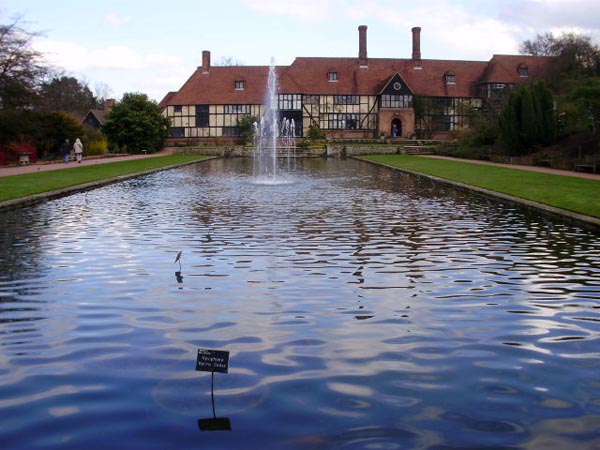




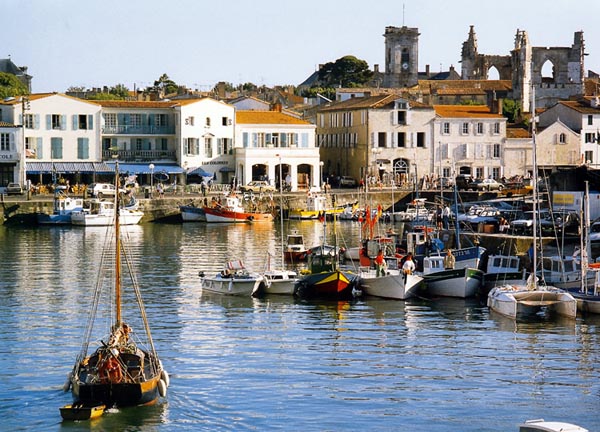




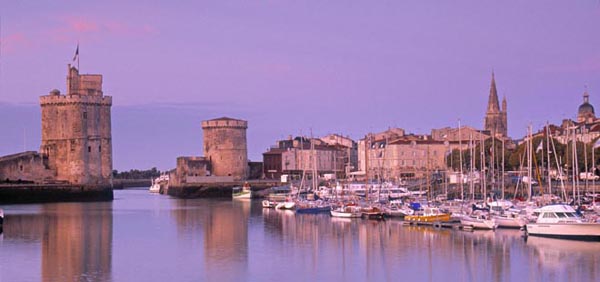








You must be logged in to post a comment.